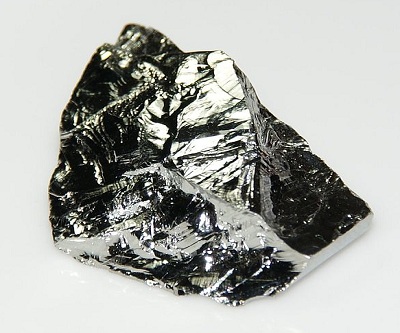
An ultra thin layer of germanium, the same material used to form first generation transistors, can now be modified in a way that would advance electronics, according to researchers at Ohio State University.
The Ohio State chemists found that the thin sheet of germanium “conducts electrons more than ten times faster than silicon and five times faster than conventional germanium,” wrote Pam Frost Gorder for Phys.org on Wednesday.
The structure of this germanium layer is similar to that of graphene, which is widely considered the “electronic material of the future.” But as Joshua Goldberger, assistant professor of chemistry at Ohio State, points out, graphene is not yet commercial.
“Silicon and germanium are still the materials of the present. Sixty years’ worth of brainpower has gone into developing techniques to make chips out of them. So we’ve been searching for unique forms of silicon and germanium with advantageous properties, to get the benefits of a new material but with less cost and using existing technology.”
To read a summary of the research, click here.
To access the full study, click here.
Sources: Ohio State University via Phys.org